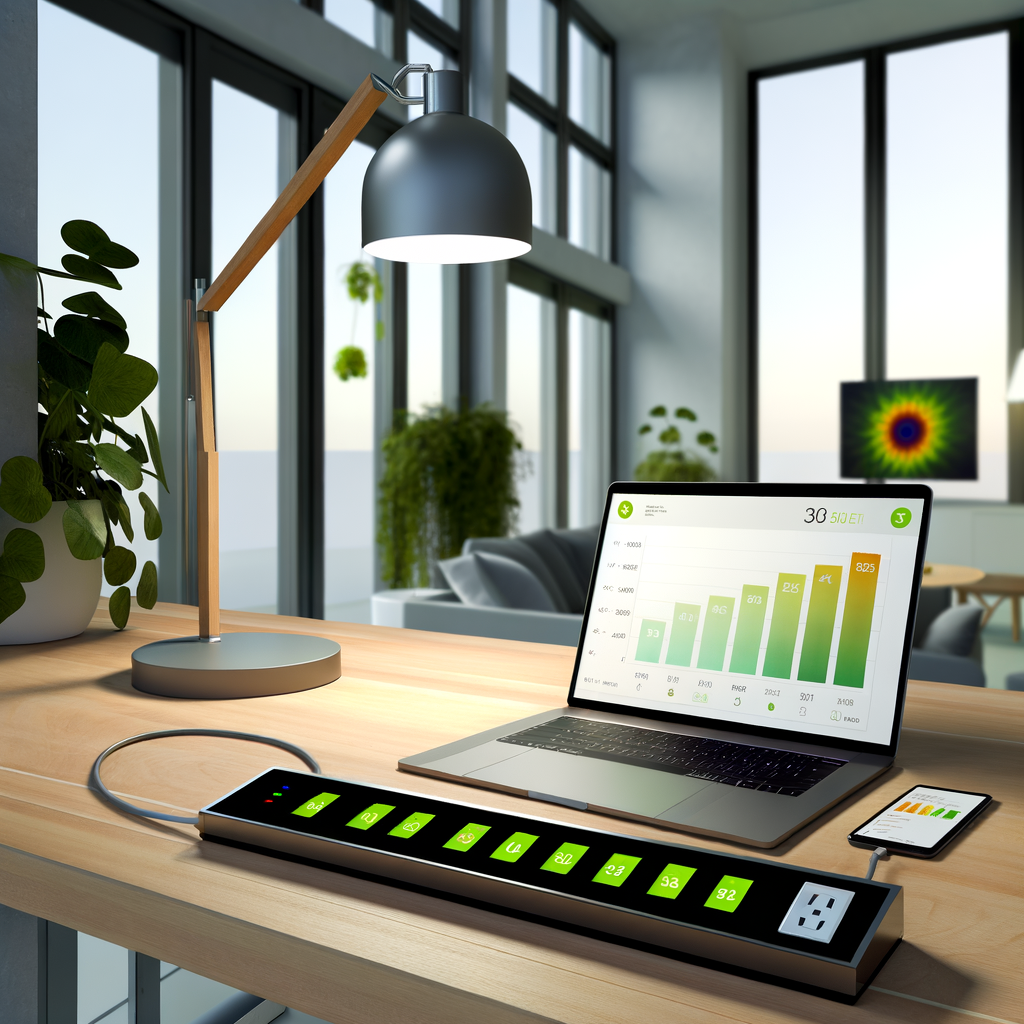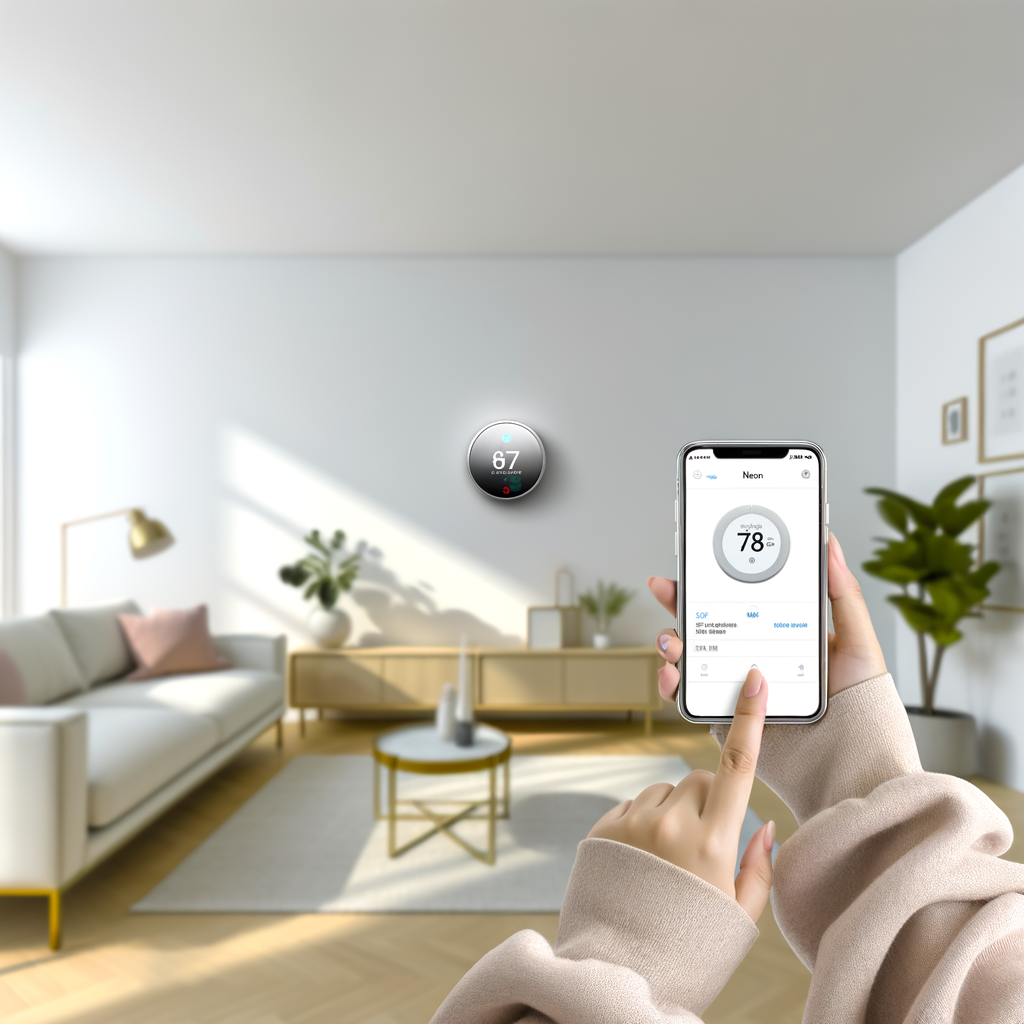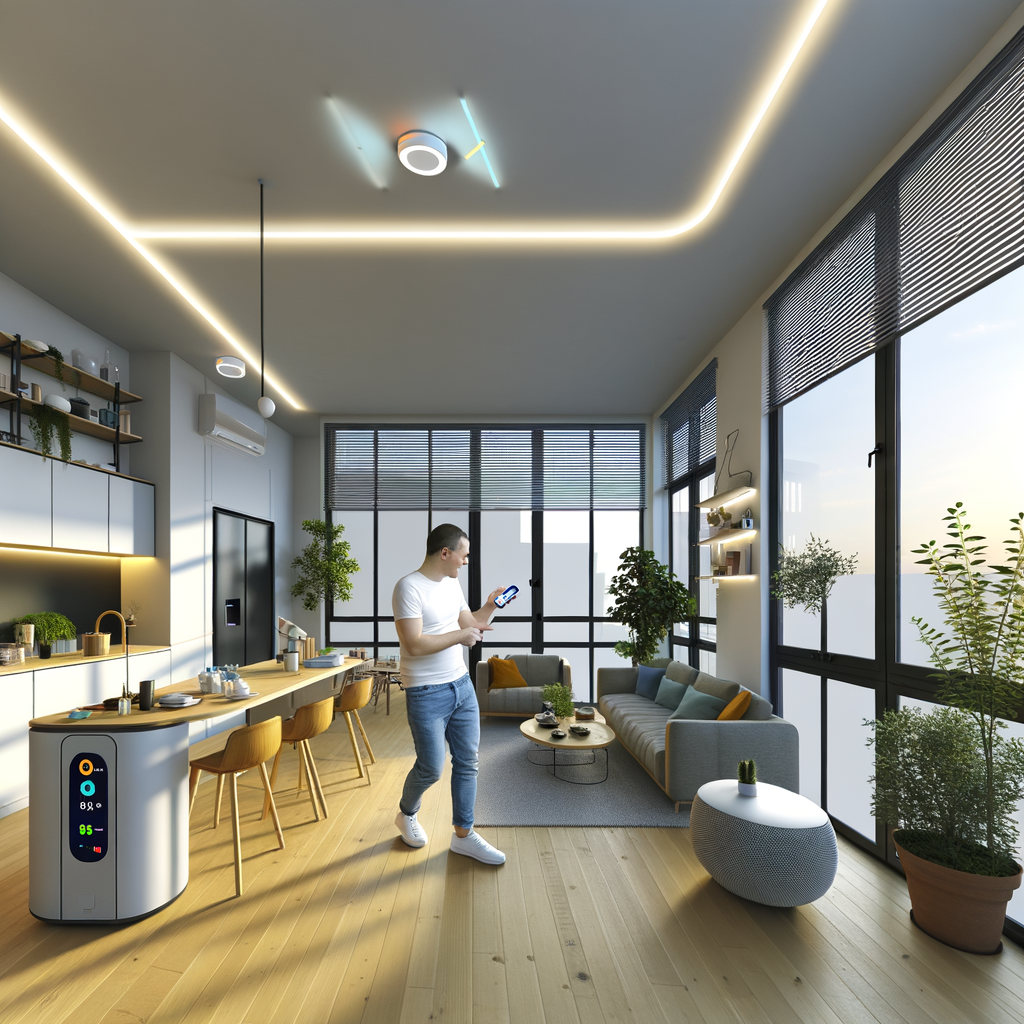1 Plug, 1 Planet: How Smart Power Strips Can Cut Your Energy Bill and Carbon Footprint
As a renter, you might think your options for saving energy and living sustainably are limited. After all, you can’t rip out insulation, install rooftop solar panels, or swap out old appliances without your landlord’s approval. But what if a simple gadget you plug into the wall could give you more control over your energy use—and your environmental impact—than you ever imagined? Enter the smart power strip: a small but mighty device with the potential to lower your electricity bills and help the planet, one plug at a time.
What Is a Smart Power Strip?
At first glance, a smart power strip looks a lot like the surge protectors you’ve used for years. But while a regular strip merely multiplies the outlets you have, smart power strips take energy management to the next level. These clever devices use built-in technology to:
- Identify devices that are in standby or “vampire” mode
- Cut off power to those devices automatically or on a schedule
- Allow remote control via apps, smart assistants, or timers
- Monitor energy usage in real-time or over time
Smart power strips make it effortless to stop wasting electricity—and your money—on devices you’re not even using.
Why Worry About Standby Power?
You may be surprised to discover how much energy your electronics consume, even when turned off. Devices like:
- TVs
- Cable boxes
- Game consoles
- Chargers for phones and laptops
- Microwaves
- Computers and printers
all draw some power constantly—sometimes called phantom load or vampire power. According to the U.S. Department of Energy, the average household spends $100–$200 per year powering devices that aren’t actively in use. That can be as much as 10% of your electric bill!
The Environmental Impact of Standby Power
All that wasted electricity adds up quickly. Globally, standby power is responsible for hundreds of millions of tons of CO2 emissions annually. Reducing these invisible losses is a simple yet significant way to reduce your household’s carbon footprint—especially for renters who can’t make big structural changes.
How Smart Power Strips Work
There are several types of smart power strips, each suited to different situations and electronic setups:
1. Timer-Based Power Strips
These strips let you set a schedule for when devices receive power. For example, you can have your TV setup turn off automatically at night or while you’re at work.
2. Master-Controlled Strips
With these, a “master” outlet controls the others. When you switch off your main device—say, your TV—it cuts power to related devices like the soundbar or game consoles.
3. Individually Switchable Outlets
Each outlet can be controlled separately, often via an app or voice assistant. This lets you cut the juice to a specific device from your phone—even when you’re not home!
4. Load-Sensing Strips
These detect when a device enters standby mode and automatically cut the power. Perfect for home theaters or office setups with multiple devices.
Benefits of Smart Power Strips for Renters
- No Installation Required: Just plug one in! No tools, rewiring, or landlord approval needed.
- Portability: Take your investment anywhere you move.
- Immediate Savings: Start saving on the next electric bill.
- Actionable Data: Energy-monitoring models help you see which electronics are costing you most.
- Improved Appliance Longevity: Reducing phantom drain means less wear on power supplies.
- Enhanced Safety: Many models offer surge protection, reducing risk of fire or damage.
- Integrate With Smart Home: Many strips work with Alexa, Google Home, or Apple HomeKit for automation and remote control.
How Much Can You Really Save?
Let’s break down typical savings:
- Television setups: TVs, cable boxes, and streaming devices can draw 20–60W constantly. That’s about $30–$60/year just for TV accessories.
- Home offices: Computers, monitors, printers, and speakers can easily cost another $30–$50/year in standby mode.
- Kitchen appliances: Microwaves, coffee makers, and toasters often draw 2-5W each—small but significant in aggregate.
Depending on what you plug in, a few smart power strips can save you $50–150 or more yearly in a typical apartment—and lower your CO2 emissions by hundreds of pounds per year!
Choosing the Right Smart Power Strip
Key Features to Look For
- Number of Outlets: Most strips offer 4–8 outlets. Count your gadgets first!
- Energy Monitoring: For visibility into energy hogs and tracking savings.
- Surge Protection: Guards sensitive electronics against voltage spikes.
- Remote Control: App, voice activation, or even a simple remote can be a game changer.
- Scheduling & Automation: Look for strips with routines, timers, or compatibility with your favorite smart home platform.
- UL or ETL Listing: For safety and peace of mind.
Compatibility With Your Devices
Some high-draw appliances (like portable heaters or large ACs) may exceed a smart strip’s rated capacity. Always check the wattage rating. For renters with home offices or entertainment centers, most smart power strips have adequate capacity.
Step-by-Step: Setting Up a Smart Power Strip
- Inventory your devices: Start with one room (like your living room or office). List what’s always plugged in and what sits idle for hours at a time.
- Choose your outlets: Prioritize “phantom drainers” like TVs, game consoles, routers, and chargers.
- Plug into the smart strip: Place the strip where it’s easily accessible but out of the way (avoid under rugs or in wet areas).
- Install the app: For WiFi-enabled models, download the manufacturer’s app and follow instructions to pair your strip.
- Set up routines: Create schedules, set timers, or enable energy monitoring. For example, “Turn off all outlets at 11pm” or “Cut power when the TV is off.”
- Integrate with smart assistants: Many models let you control outlets by voice or routines using Alexa, Google Home, or Siri.
- Review your usage: Watch for usage spikes and adjust schedules or device behavior as needed.
Tips for Maximum Savings & Convenience
- Unplug rarely-used devices: Not everything needs to be on a strip. But surround sound systems, printers, and chargers are good candidates.
- Pair with smart plugs: For standalone appliances (like lamps in awkward spots), smart plugs can supplement your savings.
- Label your outlets: Use masking tape to identify what each outlet controls, making it easy to toggle devices without confusion.
- Create scenes or groups: Use app features to control entire rooms or setups (like “Movie Night” or “Workday Over”).
- Enable vacation mode: Temporarily power down everything except the essentials when you’re away.
- Share access: Many apps let multiple users control the same strip—handy for roommates




